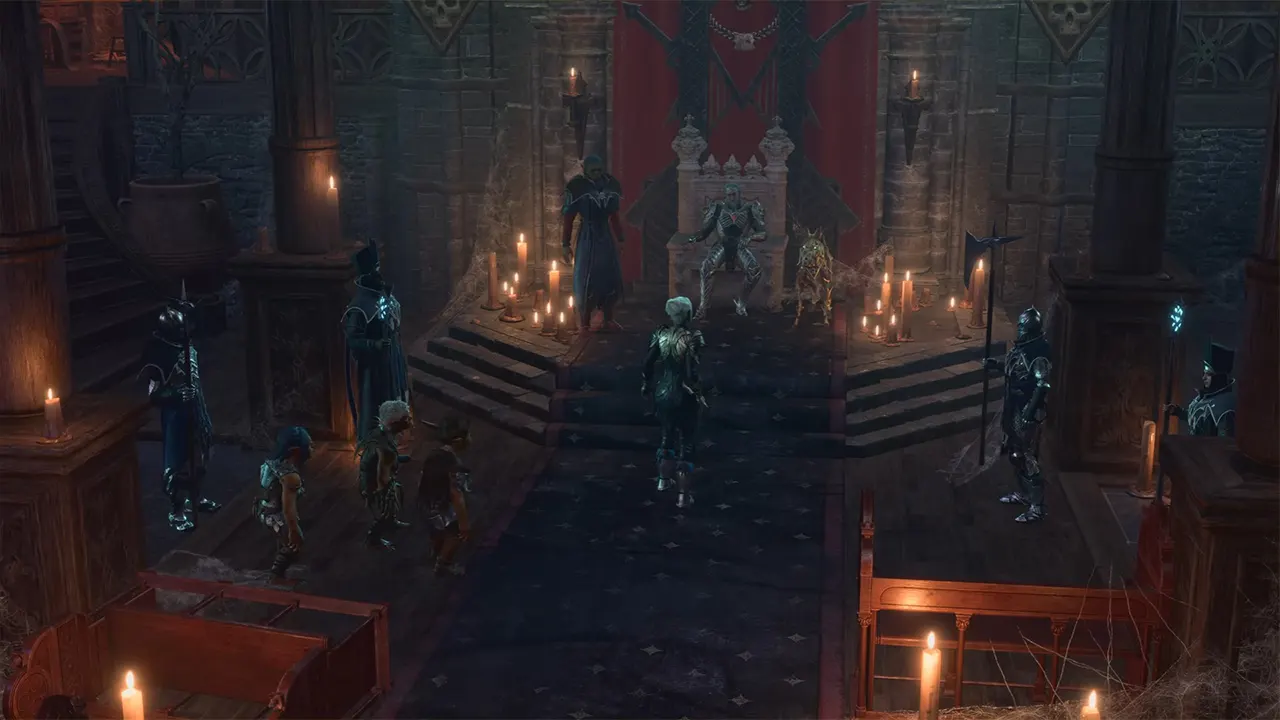Baldur’s Gate 3 is a challenging dungeon RPG that can test the mettle of the toughest of players. It does not only have an engaging story but also a combat gameplay that is highly reliant on tactics. So, if you have just started playing the game, getting used to the controls would take you time. And this will prove more challenging if you’re playing on a higher difficulty. So, how can you enjoy the game at your desired difficulty level? Our guide below will show you how to change the difficulty in Baldur’s Gate 3.
How to Change Difficulty in Baldur’s Gate 3

When you’re starting the game, you will be given the option to choose your preferred difficulty. However, you can also change your difficulty later on in Baldur’s Gate 3. All you need to do is pause the game and select “Difficulty”. From there, you can select one of the Explorer, Balanced, and Tactician difficulty options. Changing the difficulty is possible at any point in the game.
Baldur’s Gate 3 Difficulty Differences
Now that you have learned how to change the difficulty, you must also know all the difficulty differences in BG3. Here are all the three modes which are available to choose from.
BG3 Explorer Difficulty Explained
If you are only playing to enjoy the story, then you should choose the Explorer difficulty. This will allow you to explore the world and immerse yourself in the story without worrying about stronger enemies. You will also be able to buy items for cheap from the merchant and you will also gain an extra +2 proficiency bonus. In Explorer difficulty, you will face enemies with low HPs, lesser hit chances, and hardly any tactics or environmental hazards to deal with.
BG3 Balanced Difficulty Explained
Balanced difficulty does exactly what it’s supposed to do. It will provide you with challenging combat while also letting you enjoy the story. It is the default difficulty mode in the game that you will start off with. If you are familiar with Dungeons and Dragons, then you must definitely try playing BG3 in Balanced mode. However, it can be challenging if you are new to this genre. Here are the difficulty differences in Balanced mode.
- Enemy HP
The HP of all enemies in Balanced mode will be increased by 30%. So, you will have your task cut out for you as you deal with challenging enemies.
- Hit chance
The hit chance from enemies will increase by 5% when you play Balanced difficulty. So, you will need to be mindful and play defensive when the need arises.
- Tactics
The use of Tactics will be frequent and difficult in Balanced mode. It is a big step up when compared to Explorer mode.
- Hazards
The level of Hazards in the environment will also increase when you play on Balanced difficulty. So, be well aware of your surroundings.
BG3 Tactician Difficulty Explained
Lastly, you also have the Tactician difficulty level in the game. This will deliver a tough challenge for experienced players. You will face Brutal AI – enemies that have improved strategies. So, you will need better tactics to contend with these enemies who will also have a higher HP. Moreover, you will also have to worry about items in the environment being used against you. All in all, Tactician difficulty requires you to be alert at all times and also adept with different strategies.
These are the difficulty differences that you can expect in Tactician:
- Enemy HP
The HP of all enemies in Tactician will be increased by 30%. So, be prepared to grind out till the end to beat every enemy.
- Hit chance
The hit chance from enemies will remain the same just like in Balanced difficulty.
- Tactics
The difficulty in Tactics will remain the same as the Balanced mode. So, make sure to reposition your party members and use the right skills to win.
- Hazards
The level of Hazards will also be similar to the one in the earlier mode. It won’t change in Tactician difficulty.
That’s all you need to know on how to change the difficulty in Baldur’s Gate 3. We hope that this guide managed to help you. For more guides like how to claim BG3 Twitch drops, change language, and more, visit our Baldur’s Gate 3 section.

